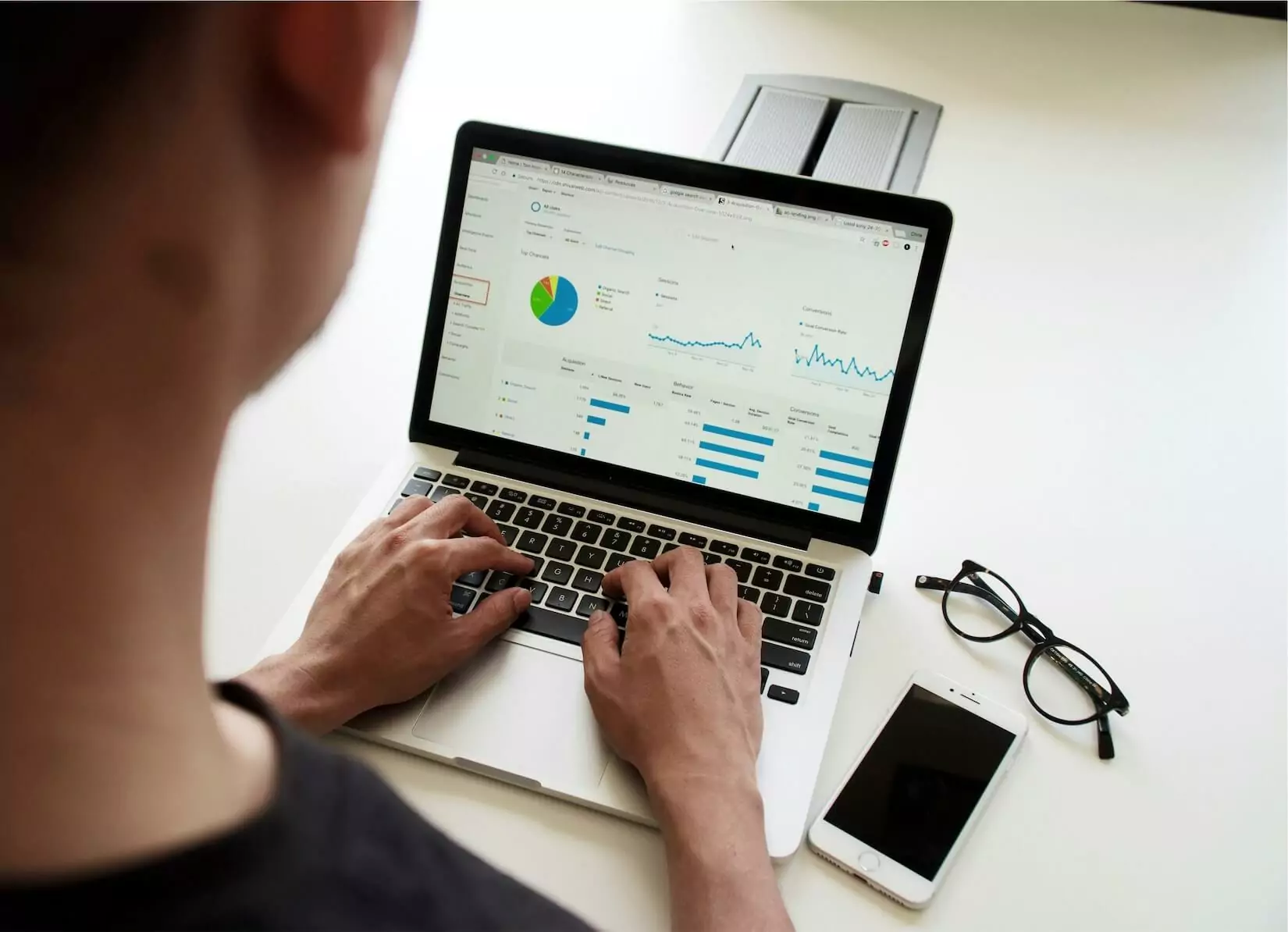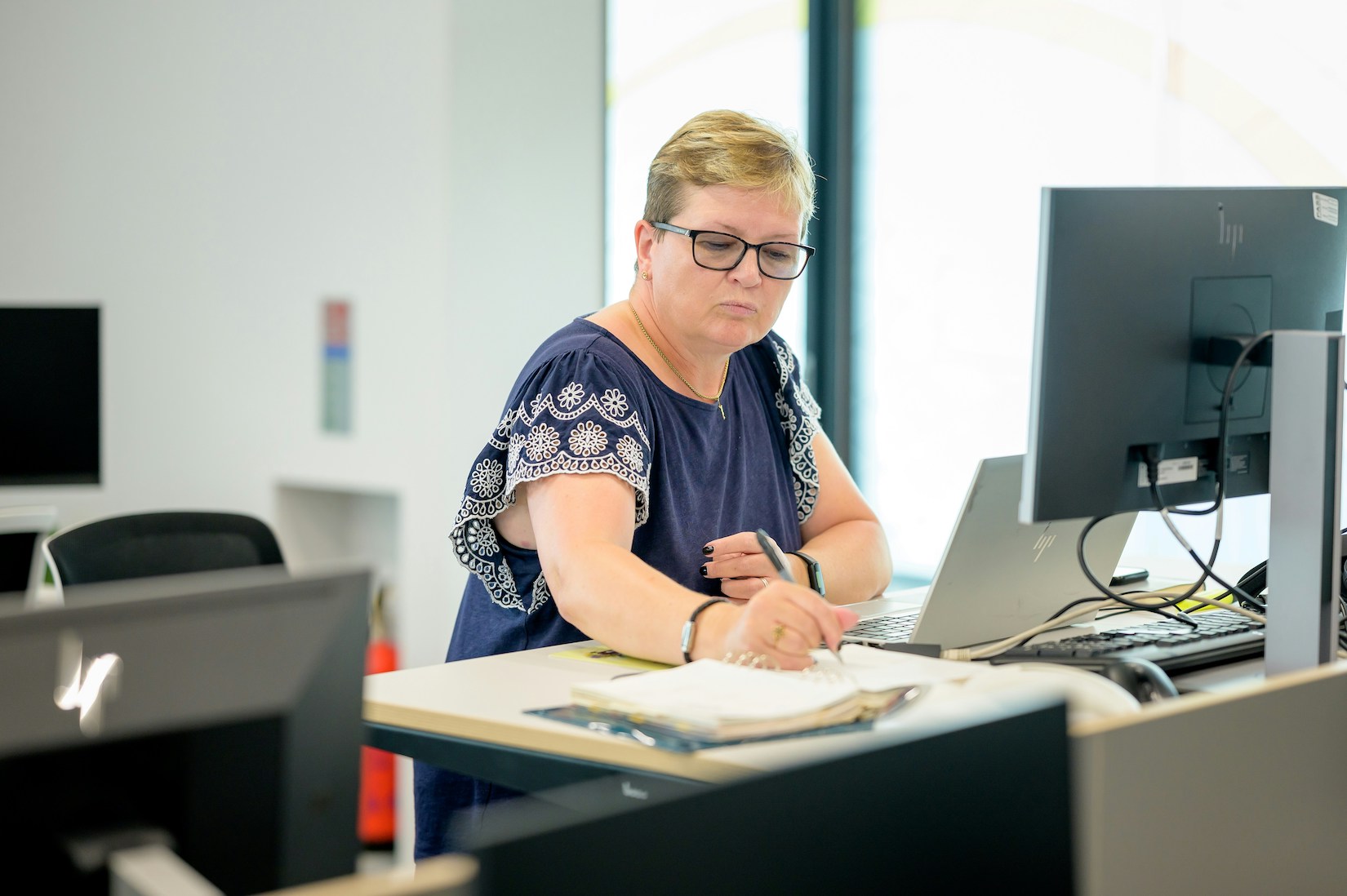This article provides insight and advice on the subject of the Remote Workplace.
The lockdown imposed as a result of COVID-19 has enforced the concept of working from home as the “new normal”. Everything has become digitized, and there is little doubt that this is how businesses will operate in the future. This shift may be welcoming for some but overwhelming for others.
All types of jobs are capable of being managed at a remote workplace, and we are here to help your employees embrace this new trend by outlining some key tips we’ve picked up by managing a remote workspace for the better half of a decade. You might find that many of your employees don’t have the environment or facilities at home to work and manage time efficiently. Moreover, working at a remote workplace has provided opportunities for both productivity and distractions alike. When employees are at their best, they can be very productive and won’t realize where the hours went. But when they get distracted, the quantity and quality of their work are bound to suffer.
Therefore, it’s essential to embrace this change now and work productively, which is possible through effective time management. Below you will find some time management fundamentals in a remote workplace that employees need to implement to make the most of the workday.
Have a Designated Workplace
Although this is not directly related to time management, it will provide the foundation for applying the time management fundamentals provided in this blog.
The most challenging thing about a remote workplace is to have a designated spot for work that is conducive to productivity. Being habitual creatures, humans are naturally not used to working at a place where they relax, which can be a major hindrance in productivity.
If employees have a work corner in their house or a study desk, they should use it. An ideal remote workplace should be away from any distraction, preferably a room with natural light, an option to stand or sit, a comfortable chair providing good back support, a lamp, and most importantly a clean and uncluttered desk for the laptop/PC with a few other working essentials. Otherwise, they can just set up a corner of their house that is away from the main area with minimal distractions.
Employees can be creative with their work station and make it colorful if that is something that motivates them. They can also make any desk a standing desk and get a laptop and PC to the right height with small side tables, stools, or even a cardboard box for a comfortable height.
Make a To-do List
Good schedules make work productive. A to-do list will set the pace of the work and help with time management. It’s advisable to keep the same schedule that was followed in the office. Since there will be no supervision on employees, it might be hard for some to stay focused. So, it’s essential to stay on track by setting daily goals and trying to beat them.
Employees should include everything in the to-do list; from a big project to minor tasks. They should try to take lunch breaks, coffee/tea breaks around the same time every day, so they don’t stretch into longer breaks. They should break their day up into small, manageable chunks and first complete tasks with higher priority. This makes it easier to get a lot of tasks done than sitting down at the desk and just staring at the to-do list.
For example, if there are six tasks to complete in a day, they should prioritize which three should be finished before lunch and choose three to take on in the afternoon. Then break them down into even smaller blocks that are manageable in 30-60 minutes each. This system is an excellent way to stay on track and motivated.
It’s best to make it the night before and make sure to follow it. When each task completed is ticked, not only is there a feeling of contentment and motivation but will also help identify how much work is left to set the pace accordingly.
Using a shared task manager, like Asana, is totally helpful in keeping everyone aligned on what is getting done, and when.
Determine When You Are Most Productive
Since everyone’s situation is different, all the tips might not work for everyone the same way. Employees need to identify what works best for them. If they are newly adjusting to a remote workplace, they should try different work patterns and see which makes time management more effortless.
Everyone has a different workflow pattern. If someone is a morning person and loves to work in quiet, then they should start off early as it’s the best time to work as they will be more focused and productive. They can start with the top priority and most challenging tasks as soon as they start the day with a fresh mind.
To stay productive employees need to pretend like they are going to the office. They should set up an alarm, get a cup of coffee or tea, and dress accordingly. This will create signals, and the brain will know it’s time to get things done by keeping them in a work frame of mind.
Manage Distractions
It’s crucial to minimize distractions while working. As mentioned before, employees should choose a spot with minimal distractions. However, the biggest distraction is social media and smartphones. Every minute they spend watching their favorite show or playing a game is a minute not spent on work. It’s better to turn off the notifications or flip the mobile upside down so that things don’t flash across the screen during work. Employees should only use them during break or after work because once people start using social apps, they can lose the next half-hour to mindless scrolling.
Employees might leave their work to do grocery, laundry, or to take their dog for a walk. They don’t carry out these in the office so they should treat the remote workplace the same way. They should tackle personal tasks after completing office work and make a separate to-do list.
Build Your Accountability
Employees should set up an accountability system with their co-workers to make sure that they are on track. They should stay in touch with them, keep updating each other on the task done, and left so that they are less isolated and feel indirect supervision. Again, Asana is a very helpful task manager that can assist in this. They can also have meetings on Zoom, Slack, Skype, or any other platform to get updates on each other’s progress, discuss any issues they might be facing and offer support where needed.
Employees should make themselves accountable for doing one task at a time instead of multi-tasking. The focus should be on quality rather than quantity. They may think that it saves time, but the brain takes at least 15 minutes to refocus when the tasks are switched. The mind has to shift focus continuously, which affects productivity. Therefore, it’s better to focus on one task at a time and shift focus only when they are done with a task. This will help in completing the tasks quicker as compared to doing them together.
Efficient time management needs the right mindset and consistency. Employees should promise themselves that they will finish the to-do list and stay away from distractions.
Adjust Your Expectations
Any change is hard, and the change of working from a remote workplace with the stress of managing a global pandemic might be especially challenging.
Employers should try to be flexible with the employees and give them time to adjust to this new working style. They should adjust their expectations on how employees will initially perform when they start to work from a remote workplace. Handling work from the office and home is different. Employers should be clear in communicating their expectations to the team members so that there is no undue pressure on them.
Similarly, employees shouldn’t overburden themselves when they initially start to work at a remote workplace. They should be aware that they may not be as consistent and productive as in the office.
Companies assume that employees should respond immediately, no matter what time it is or work overtime. This eventually leads to burnout. Therefore, they should clarify their expectations with their team in terms of working hours and response times.
They should also share this with their families, partner, or roommate for better collaboration and communication. This can help ease any guilt around trying to be always-on while still juggling caregiving, homeschooling, and other responsibilities.
Pay Attention to Fragmented Time
Fragmented time occurs due to the small pockets of 15 to 30-minute blocks of time that exist between scheduled meetings. These can work well as breathing space if planned for intentionally. But most of the employees are very passive with their calendars.
Companies tend to schedule employees for meetings based on what works for them and the open space they spot in their calendars. But that may leave the employees with very little time to get work done and the fragmented time ends up being sucked up in busy but unproductive activities.
Plan the Down-Time
If employees plan out what they will do after work, it will motivate them to complete the work for the day as they will have something to look forward to. Even though due to COVID-19 there aren’t many plans which can be made now, planning what to do after work, even if it is going for a workout, having their favorite food, or just hitting the couch, will help them stay focused and encourage them to finish the work on time.
Time management and maintaining a positive work-life balance might not be easy when working from a remote workplace, but planning out what they will do after work will keep their personal life separate and help them rest before the next day.
Take Breaks
Instead of not having lunch at all or grabbing and eating it while doing work, employees should take a lunch break at the same time which they had in the office so that they are in the same work routine and manage time efficiently. Not having lunch at all will deprive them of the energy to carry out the work for the day.
During breaks, they should close the computer and try to walk or meditate to relax the muscles. This will help them feel rejuvenated and make them ready to start the next part of the day. If they are feeling stressed, opting for quick mindfulness meditation, or even taking a midday bath could be a good option.
Reward Yourself
Motivation plays a vital role in increasing productivity and time management. Employees should set targets and promise to give themselves a treat once they reach the desired target. When they have something to look forward to at the end of the day, they will be quicker in finishing their work.
The rewards should be healthy. They can treat themselves to tea, listen to their favorite song, buy their favorite snack, or watch their favorite show. Giving themselves small breaks throughout the day is a great reward as well. And after enjoying these rewards, they will feel fresh and motivated to work the next day.
Final Words
The COVID-19 pandemic has been around since what defiantly feels longer than it actually has existed, and everyone is still trying to adapt to this new enclosed lifestyle. Working from a remote workplace has become a reality for most professionals around the world. While those who haven’t experienced it yet are curious to know what working from home looks like.
After going through these time management fundamentals, people can get an idea about what working from a remote workplace looks like and will be able to stay organized, productive, efficient, and healthy.
Let Fully Accountable simplify your accounting needs, Contact us today or schedule a 30-minute strategy call!
Maureen Greany's experience in sales allows her to provide a high level of service. She has many years under her belt and can handle any business situation with ease, like the time when she saved an account by providing superior customer service or achieving success selling products that were once considered non-sellable. Her dedication is apparent as well through things such as completing projects before deadlines or helping out colleagues during crunch times so they don't feel overwhelmed either!
Maureen grew up in Virginia but now calls New Orleans home where she lives with her husband and dog Rooney who are both major sources of support for Maureen throughout all aspects of life from work to playtime at the park (which happens often).





